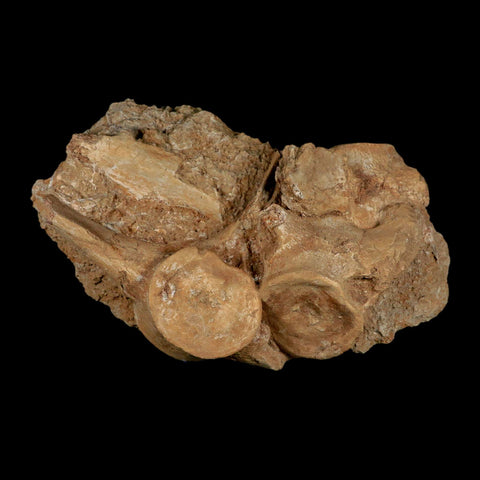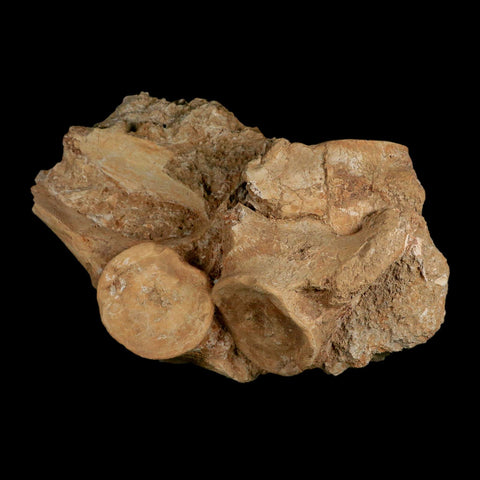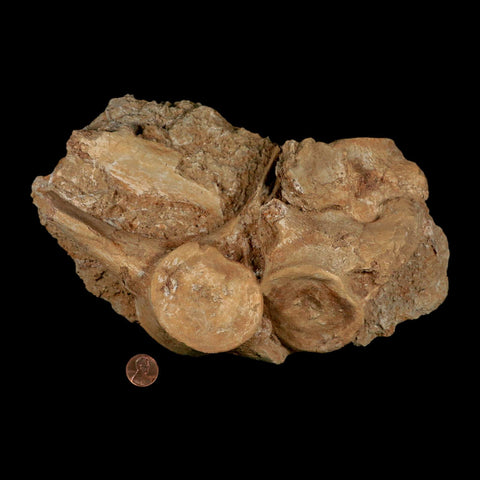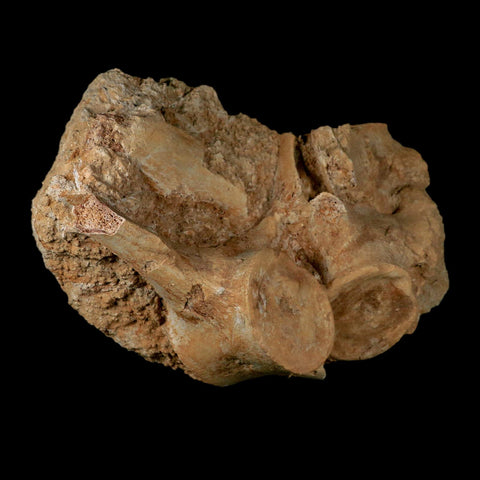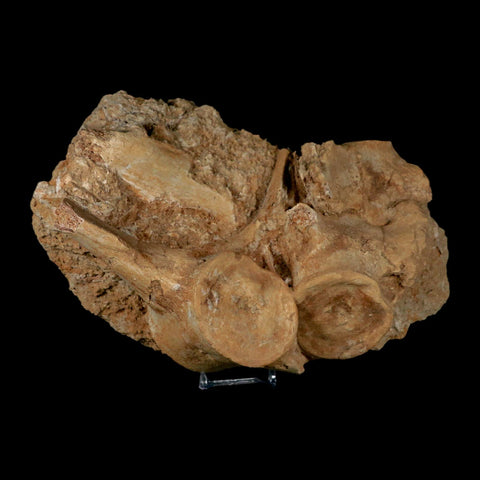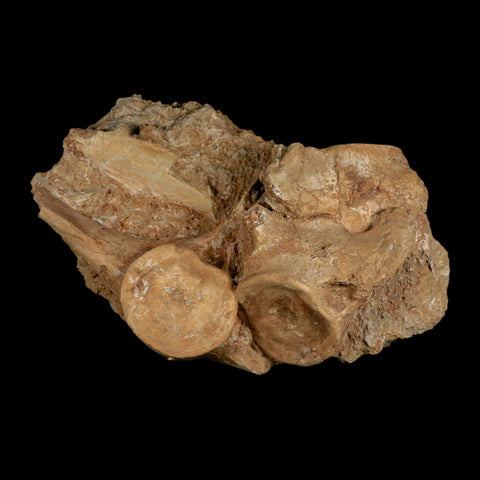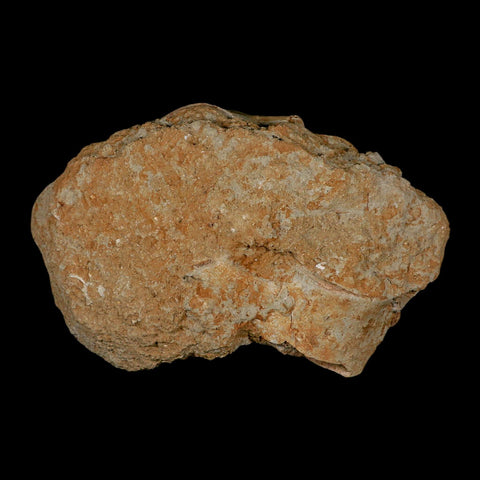3 Three Plesiosaur Fossil Vertebrae In Matrix Cretaceous Dinosaur Era Morocco COA
Location: Khouribga, Morocco
Weight: 6 Pounds 2.1 Ounces
Dimensions: 10 Inches Long, 6.1 Inches Wide, 3.4 Inches Thick (In Matrix)
Vertebrae One Dimensions: 6.7 Inches Long, 5.3 Inches Wide, 2.1 Inches Thick
Vertebrae Two Dimensions: 3.7 Inches Long, 3.5 Inches Wide, 2.1 Inches Thick
Vertebrae Three Dimensions: 4 Inches Long, 3.4 Inches Wide, 2.1 Inches Thick
Comes with a Certificate of Authenticity.
Comes with a Free Stand.
The item pictured is the one you will receive.
This is a genuine fossil.
Plesiosaur Zarafasaura
Zarafasaura Oceanis is a member of the Elasmosauridae family, with its genus name derived from the Arabic word "Aarafa," meaning "giraffe," combined with the Greek "Saurus," meaning "lizard." The species epithet translates from Latin as "daughter of the sea." This taxon was first described in 2011 by paleontologist Dr. Peggy Vincent and her team at the National Museum of Natural History, Paris, based on partial cranial remains unearthed in Morocco. Measuring approximately 7 meters in length, Zarafasaura Oceanis inhabited marine environments during the late Cretaceous period, roughly 72 to 66 million years ago. While Plesiosaurus represents a single genus within the broader Plesiosauriae clade, artistic renditions frequently blur distinctions among these genera and are often informed by cryptozoological narratives such as those associated with the Loch Ness Monster.
Existed from 228 million years ago to 61.6 million years ago
Lived in a marine environment
Was a carnivore
938 different specimens have been found by paleontologists.
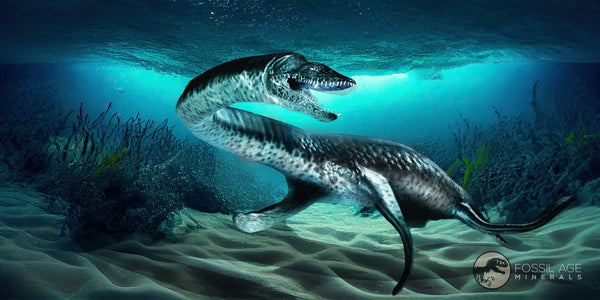
Please be aware of the nature of fossils:
Being buried under the ground for millions of years under tons of pressure tends to be rough. No fossil comes out of the ground whole and perfect. Most fossils have undergone some restoration, while others are altered by man simply to enhance their presentation in different ways. The workers in Morocco do a very professional job of unearthing and preserving these natural treasures; however, commonly, natural cracks are visible on the surface. These are part of the natural beauty of the fossil and are not considered defects.


